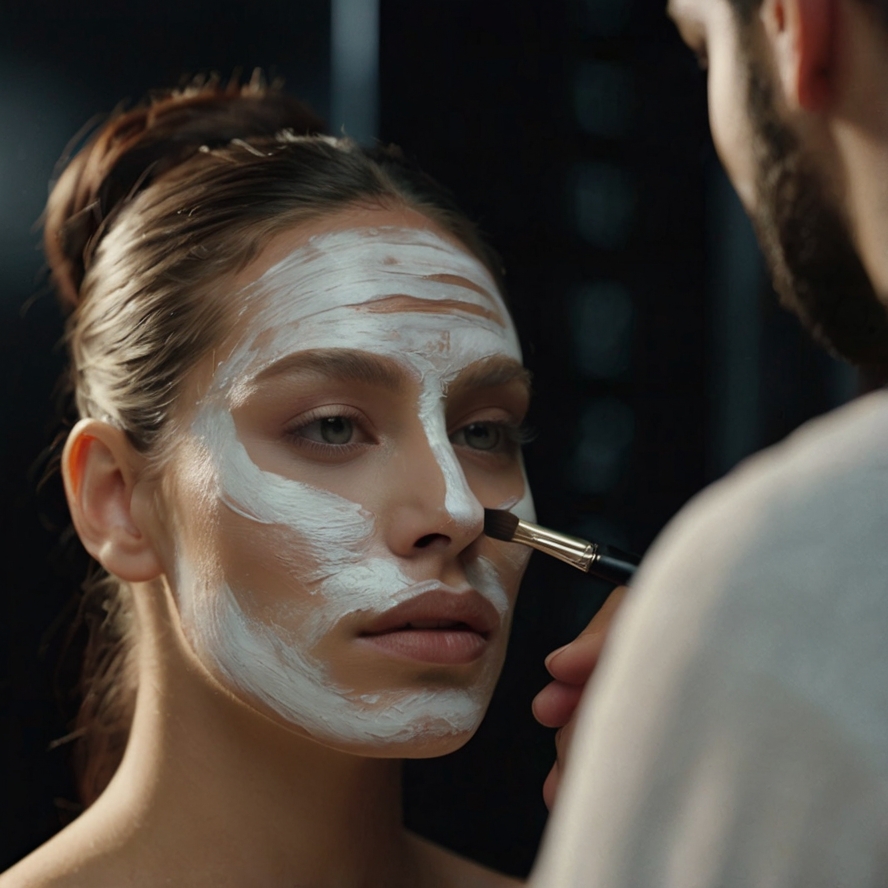The China Facial Makeup Market is anticipated to undergo significant transformation by 2031, fueled by shifts in consumer preferences, digital innovation, and the rising demand for sustainable products. As one of the world’s largest beauty markets, China’s facial makeup segment continues to evolve, with emerging trends shaping the future of this industry. From clean beauty to personalization and tech-driven retail experiences, the market offers exciting opportunities for growth.
Demand for Clean and Natural Beauty Products
A growing concern for health and environmental sustainability has given rise to clean beauty trends in China. Consumers are becoming more selective about the ingredients in their makeup, preferring natural, organic, and non-toxic formulations. Many beauty brands, both local and international, are introducing eco-friendly products that align with these values. This shift is part of a broader global movement towards sustainability, but it has taken on particular importance in the Chinese market, where younger consumers are especially concerned with ethical beauty choices.
The demand for clean beauty has prompted companies to innovate in terms of ingredient sourcing, packaging, and production methods. Brands are increasingly emphasizing transparency about the origin of their products, promoting cruelty-free and vegan-friendly options to cater to the environmentally-conscious customer.
Rise of Personalized Beauty Solutions
Personalization is another major trend shaping the China facial makeup market. As consumers seek products that are tailored to their unique skin types, tones, and preferences, beauty brands are leveraging artificial intelligence (AI) and data analytics to deliver custom solutions. AI-powered beauty apps allow users to analyze their skin conditions, receive personalized recommendations, and virtually try on different makeup products. This level of customization enhances the shopping experience and encourages repeat purchases by offering tailored solutions that address specific beauty needs.
In addition to AI, brands are also experimenting with formulations that can be adjusted according to individual preferences, offering customizable palettes, shades, and product finishes. This move toward personalization reflects the growing sophistication of Chinese consumers and their desire for more unique and differentiated beauty experiences.
Growth of E-Commerce and Digital Innovation
The rapid growth of e-commerce in China has revolutionized the way beauty products are purchased and marketed. With platforms like Tmall, JD.com, and social commerce apps such as Xiaohongshu (Little Red Book) and Douyin (TikTok), the online beauty market has expanded exponentially. These platforms have enabled brands to reach wider audiences, and consumers now have access to a broader selection of products than ever before.
One of the most significant developments in the China facial makeup market is the rise of live-streaming e-commerce. Beauty influencers and key opinion leaders (KOLs) frequently host live streams where they demonstrate makeup techniques and promote products in real time. This interactive and immersive form of online shopping has become particularly popular among younger consumers, who value the immediacy and entertainment factor of live-streamed content.
Influence of Social Media and KOLs
Social media plays a crucial role in shaping the beauty preferences of Chinese consumers. Platforms such as WeChat, Weibo, Douyin, and Xiaohongshu have become the go-to sources for beauty advice, tutorials, and product reviews. KOLs and beauty influencers, in particular, have significant sway over purchasing decisions. By partnering with these influencers, beauty brands can effectively reach their target audiences and generate buzz around new product launches.
In addition to traditional influencer marketing, brands are increasingly using user-generated content to engage with consumers. Online beauty communities, where users share their makeup routines and product recommendations, provide valuable feedback to brands and foster a sense of authenticity and trust among consumers.
Emerging Trends: Minimalism and Hybrid Beauty Products
A noticeable shift in consumer preferences is the rising popularity of minimalist makeup trends, also known as the “bare-faced” look. Chinese consumers, especially urban professionals, are increasingly opting for subtle, natural-looking makeup that enhances their features without appearing overly made-up. This trend aligns with the broader demand for skincare-focused beauty products that emphasize healthy, glowing skin.
At the same time, hybrid beauty products that combine makeup and skincare benefits are gaining traction. For example, foundations that offer sun protection, hydration, and anti-aging benefits are becoming increasingly popular among consumers looking for multifunctional products that streamline their beauty routines.
Conclusion
The China facial makeup market is poised for robust growth by 2031, driven by trends such as clean beauty, personalization, e-commerce, and the influence of social media. As consumers become more sophisticated and demanding, beauty brands will need to innovate and adapt to stay competitive. With sustainability, customization, and digital engagement at the forefront of the industry’s future, the Chinese market remains a vibrant and evolving space for facial makeup.
